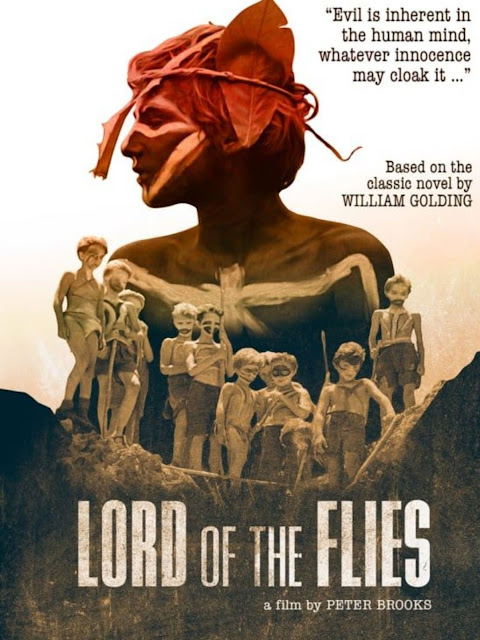William Golding’s Lord of the Flies, published in 1954, is a seminal work in modern literature. A dark and compelling allegory, it delves into the primal instincts of human nature, exploring themes of civilization versus savagery, the loss of innocence, and the inherent darkness in humanity. Set on a deserted island, it follows a group of British boys who are stranded after a plane crash during an unnamed war. What begins as an optimistic attempt at self-governance quickly descends into chaos and violence, highlighting Golding’s bleak view of human nature. It is both fascinating and disturbing at the same time.
At first, the boys cooperate, building shelters and making a signal fire to attract rescuers. However, as time progresses, the order begins to break down. Jack and his hunters become obsessed with hunting pigs and their thirst for blood begins to dominate their lives. The boys' fear of a mythical "beast" on the island exacerbates the growing tension. Simon, who represents a Christ-like figure, eventually realizes that the "beast" they fear is not an external force but the darkness within themselves. This realization comes too late, as Simon is brutally murdered by the boys in a frenzied, animalistic dance, mistaking him for the beast.
Ralph's group dwindles as Jack's tribe grows in power and cruelty, culminating in the murder of Piggy and the destruction of the conch shell, symbolizing the complete breakdown of order. The novel ends with Ralph being hunted by Jack’s tribe but rescued by a naval officer who arrives on the island. This abrupt return to civilization forces the boys to confront the horrors of what they have become, leaving the reader with an unsettling reflection on human nature.
Themes and Symbols
One of the most important symbols in the novel is the conch shell, which represents law, order, and the ability to communicate. As long as the conch is respected, the boys maintain some semblance of civility. However, as Jack’s influence grows and the boys become more savage, the conch loses its power. When Piggy, the strongest advocate for reason, is killed, the conch is shattered, symbolizing the complete annihilation of civilized behaviour on the island.
The “beast” also serves as a central symbol, representing the boys’ fear of the unknown and the savagery that lurks within them. Simon’s realization that “the beast” is not an external force, but the darkness in their own hearts, is one of the novel’s key insights. However, this truth is rejected, and Simon himself is destroyed for confronting it. Golding’s message is clear: the true danger lies not in external threats, but in the unchecked darkness of the human psyche.
Characterization and Writing Style
Golding’s characterization is central to the novel’s impact. Ralph, as the protagonist, represents the struggle to maintain order and morality, while Jack embodies the allure of power and savagery. Piggy, with his glasses and intellectualism, is the voice of reason, but he is physically weak and socially marginalized. His death marks the end of rationality and the triumph of brute force. Simon, the moral compass, is a figure of innocence and spiritual insight, but his wisdom is ignored, and his death further underscores the tragic nature of the boys' descent into barbarism.
Golding’s prose is vivid and often disturbing, capturing both the beauty of the island and the horror of the boys’ actions. The idyllic setting contrasts sharply with the violence that unfolds, making the descent into chaos all the more impactful. Golding’s use of symbolism is pervasive, making the novel rich with meaning beyond its immediate plot.
Conclusion
Lord of the Flies is a powerful examination of the human condition. Through its gripping narrative and symbolic depth, it forces readers to confront uncomfortable truths about human nature. Golding’s depiction of the boys’ descent into savagery serves as a cautionary tale, reminding us of the thin veneer of civilization that separates order from chaos. As relevant today as it was in the 1950s, Lord of the Flies remains a timeless exploration of the fragility of societal constructs and the darkness within us all.





No comments:
Post a Comment